Folio Staircase by Disguincio & Co楼梯设计
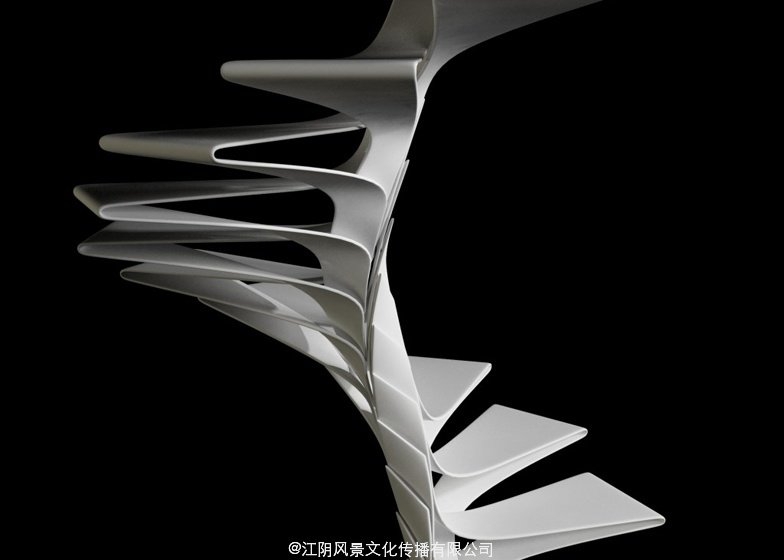
Italian studio Disguincio & Co has produced a concept for a spiral staircase with steps made from folds of fibreglass.
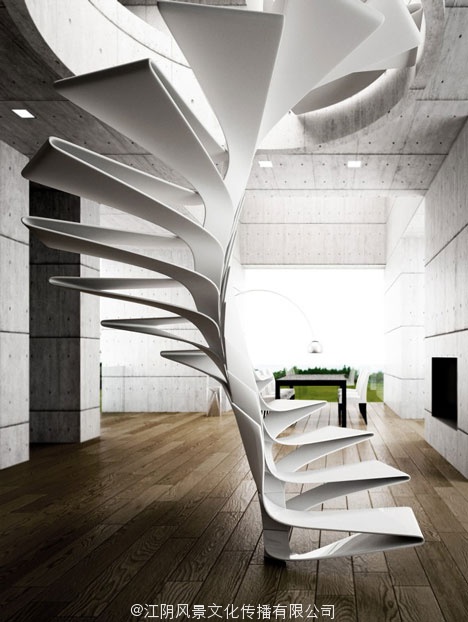
The Folio Staircase by Pordenone-based practice Disguincio & Co would comprise a repeated sequence of steps that slot into each other to make a spiral staircase.
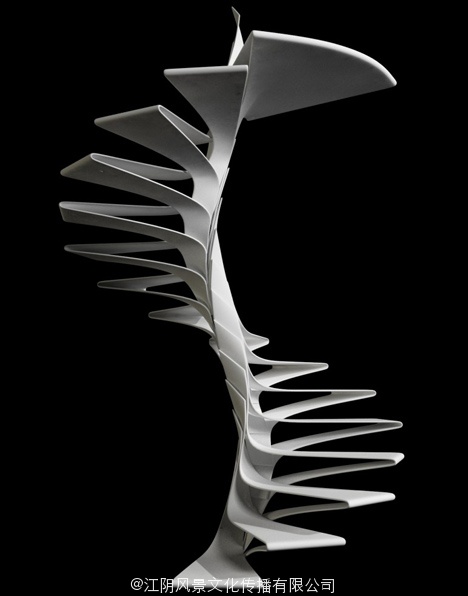
Each step is flexible and relatively weak, but when pieced together the whole staircase would become stable and robust, says designer Mirk Daneluzzo.
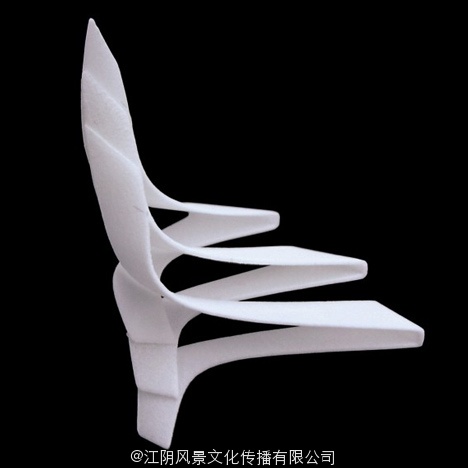
The steps would be made from fibreglass reinforced with carbon fibre strips, although Daneluzzo hopes to utilise other materials in the future. “We are actually doing research to select environmentally sustainable solutions to have a natural fibre and bio-polymer-matrix composite,” he told Dezeen.
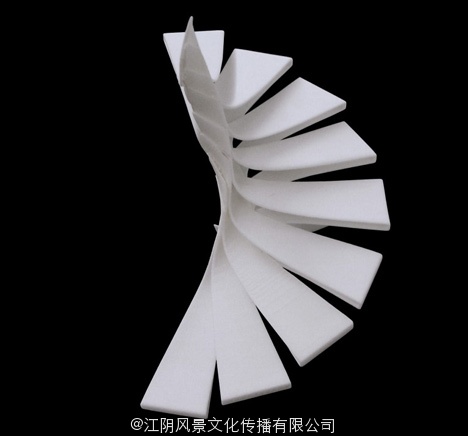
For the moment there is no working prototype of the staircase, only a small model. “We are working to make it as soon as possible, in collaboration with some producers,” added Daneluzzo.
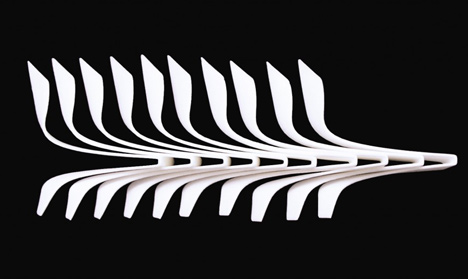
We recently featured another concept for a spiral staircase using a single repeated element, this time based on a whale’s backbone.
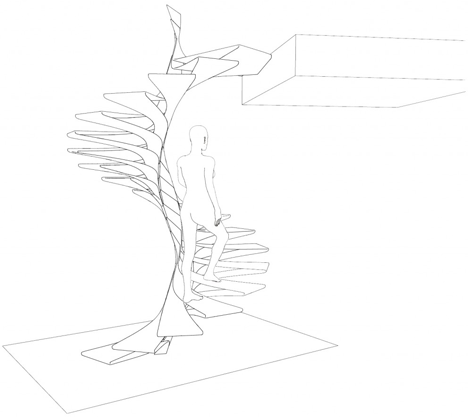
Other staircases we’ve published lately include flights of stairs floating in mid-air by artists Lang/Baumann and a ladder-like wireframe staircase leading to a mezzanine bedroom – see all staircases.
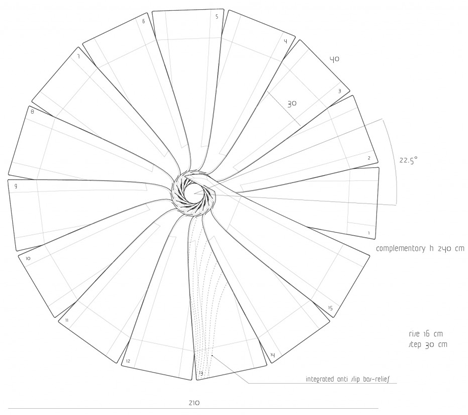
Vertebrae Staircase by Andrew McConnell
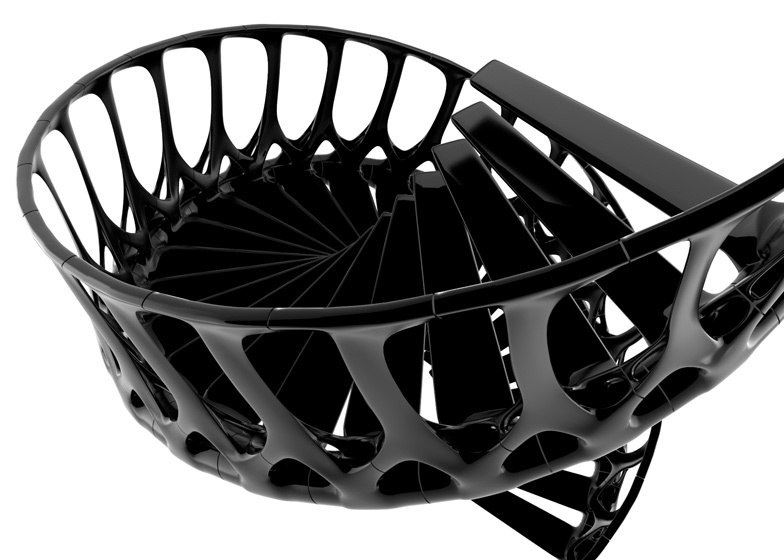
This staircase concept by Canadian architect Andrew McConnell is based on a whale’s backbone (+ slideshow).

Andrew McConnell came up with the Vertebrae Staircase concept by simplifying the shape of a whale’s vertebra into a single component.
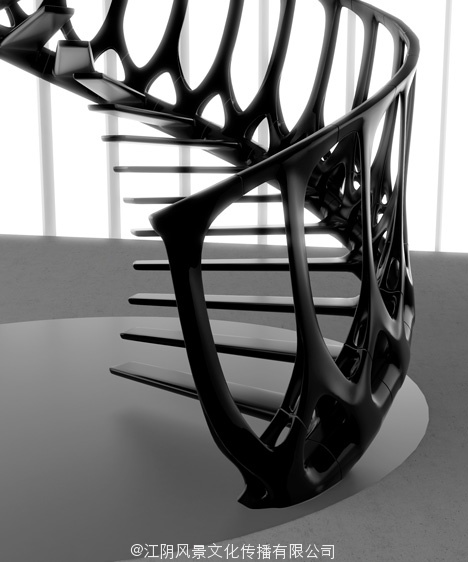
Each piece would incorporate one step, one banister and part of the hand rail, interlocking to create a rigid, self-supporting structure.
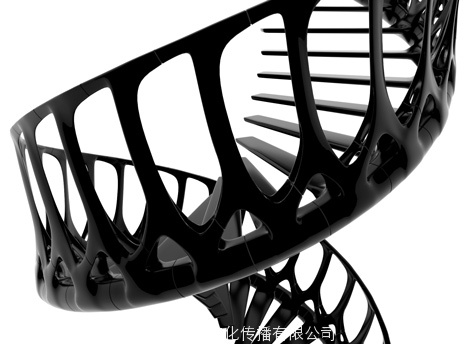
Two slightly modified components would be used to connect the floor plates, while metal fittings would mate one element to another.
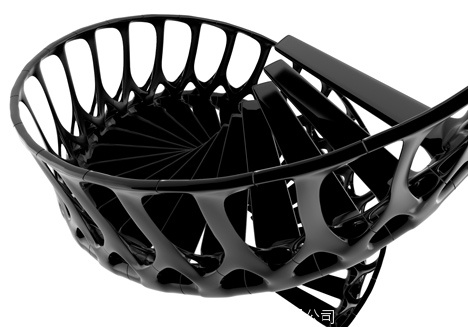
“One benefit of this design is that its fabrication would require the production of essentially only one element repeated several times,” McConnell told Dezeen.
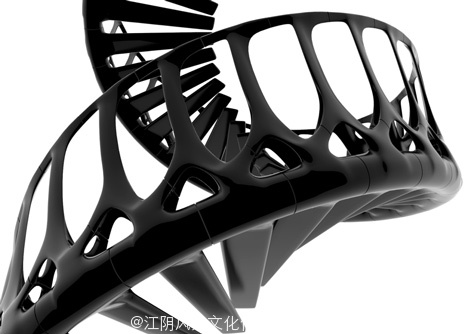
“There are no other hidden supports as the Vertebrae Staircase is designed to act as one structural element, bearing the loads of its users and transferring these forces to the floor plates.
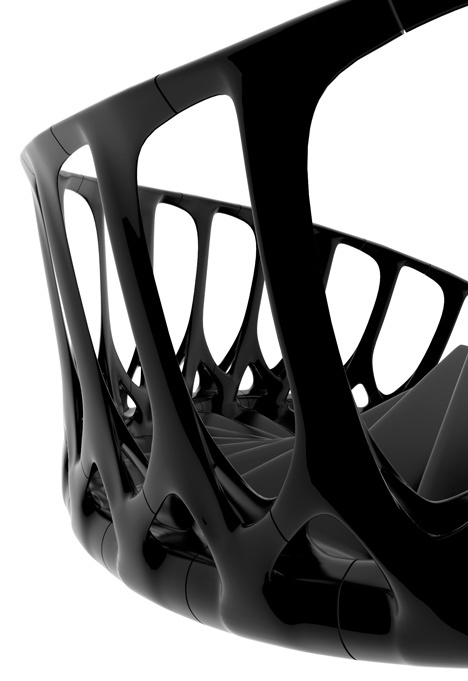
McConnell completed his Master of Architecture in Calgary, Canada, before starting work as an architect in Rotterdam, the Netherlands.
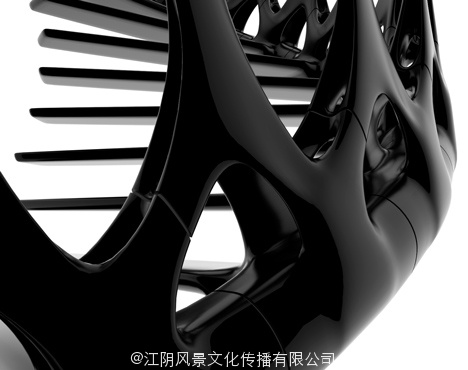
We’ve featured dozens of unusual staircases on Dezeen, including one built into a kitchen counter and another that looks like a slice of Swiss cheese – see all our stories about staircases.
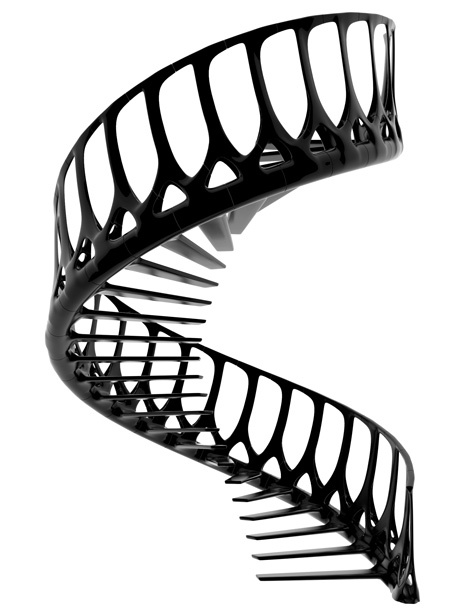
We’ve also published objects made of bones collected from an abattoir anda range of handles and hooks shaped like sticks and bones.
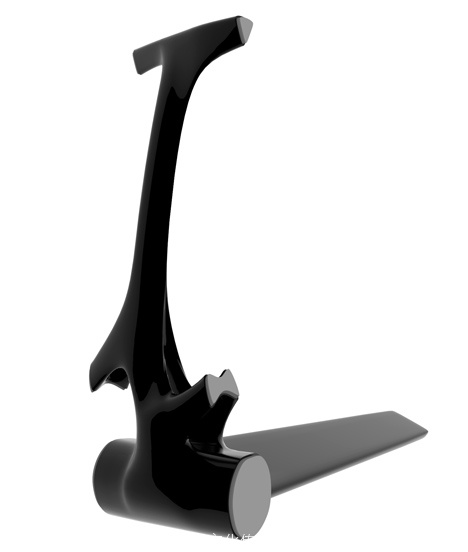
See all our stories about staircases »

Here’s some more information from the designer:
Inspired by the spine of a whale, the Vertebrae Staircase is not simply mimicry of organic form but an exploration in shaping structure. Much of the design work went into refining the single component, or vertebra, that mate with each other creating a unified spine running from floor plate to floor plate. These interlocking vertebrae provide a rigid structure for the steps, railing and its users. And the railing is reinforced by connections that help the staircase resist rotational forces caused by the cantilevered steps.
The Vertebrae Staircase is a reconfiguration of a familiar form and its connections, resulting in a unique yet functional piece of vertical circulation.


